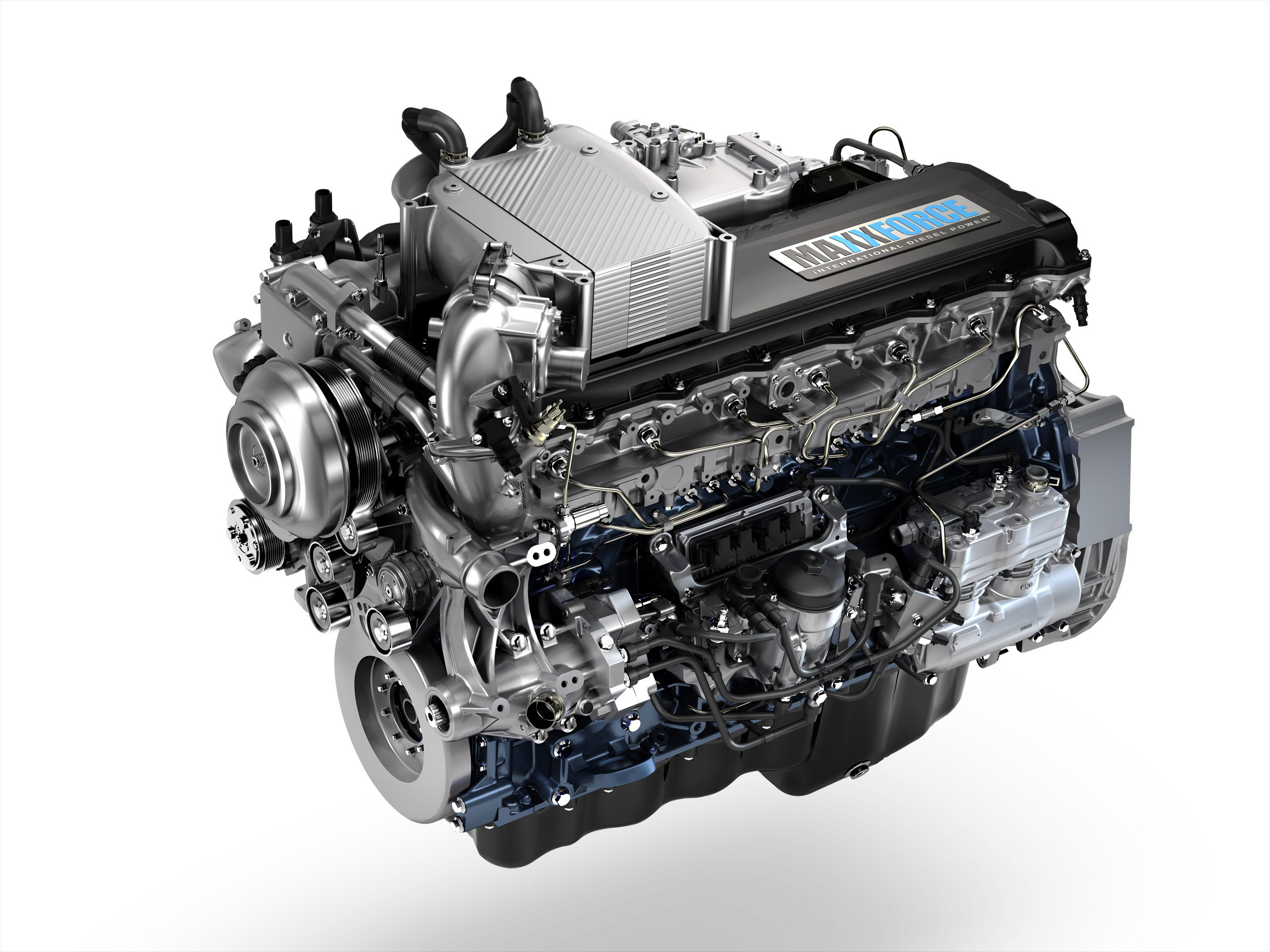The introduction of clean diesel truck engines over the past five years has yielded significant emission reductions and substantial fuel savings, according to new research commissioned by the Diesel Technology Forum (DTF).
Today about 30 percent of trucks in the nation’s trucking fleet are equipped with advanced emissions control systems, according to DTF.
“Almost 3 million heavy-duty diesel commercial vehicles introduced in the U.S. from 2011 through 2016 are powered by the latest generation clean-diesel engines,’’ said Allen Schaeffer, executive director of DTF. “These trucks have delivered important benefits in the form of cleaner air, fewer carbon dioxide emissions and dramatic fuel savings. Over a five-year period, the newest generation commercial vehicles have saved 4.2 billion gallons of diesel fuel, and reduced 43 million tons of carbon dioxide, 21 million tons of nitrogen oxides, and 1.2 million tons of particulate matter.’’
Because diesel overwhelmingly dominates the heavy-duty truck sector and is also the number one power source for medium-duty vehicles, the transition to newer generations of clean diesel technology is significant, Schaeffer said.
Enjoying our insights?
Subscribe to our newsletter to keep up with the latest industry trends and developments.
Stay Informed“The 30 percent national average is up from just 25.7 percent last year,’’ Schaeffer said.
Researchers estimate that significant further benefits would accrue to communities across the country if more of these newer generation clean diesel trucks were placed in service.
“California, which ranks 46th nationally with only about 25 percent of commercial trucks equipped with the latest generation clean diesel technology, could see substantial benefits for accelerated adoption of newer clean diesel technology trucks,’’ Schaeffer said.
If California were to achieve the same new technology penetration as Indiana (51 percent), it can eliminate another 200,000 tons of carbon dioxide and 11,000 tons of fine particles that would bring cleaner air to California communities faster than any other strategies, Schaeffer said.
The U.S. trucking fleet is transitioning to newer clean diesel technology, which means immediate fuel savings, lower greenhouse gas emissions and cleaner air, analysts say. This newest generation of clean diesel trucks have carbon dioxide emissions that are 99 percent lower than previous generations, along with 98 percent fewer emissions of particulate matter, resulting in significant clean air benefits throughout the U.S., according to national studies.
Beginning in 2011, all heavy-duty diesel trucks sold had to meet carbon dioxide emissions of no more than 0.20 grams per brake horse-power hour. This is in addition to particulate emissions levels of no more than 0.01 grams per brake horse-power hour established in 2007.
“Achieving these substantial emissions reductions and efficiency advancements was in part the result of collaboration of the nation’s leading truck and engine manufacturers working with the Department of Energy and 21st Century Truck Partnership’s “Super Truck” program,’’ Schaeffer said. “While the intent of this valuable program is to push the margins of research engineering efficiency, it is clear that demand is leading many of these strategies to be integrated into the commercial truck fleet, contributing to real-world emissions reductions and fuel savings.’’






















